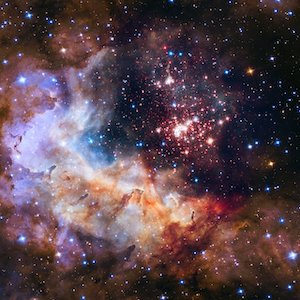Improving prenatal care through cell-free RNA liquid biopsies
Abstract: Pregnancy complications like preeclampsia and preterm birth pose huge risks to fetal and maternal long-term health and a large financial burden. Here, I will describe the development 3 liquid biopsy tests that measure cell-free RNA (cfRNA) to monitor prenatal health and predict risk of pregnancy complications long before symptoms manifest. This work paves the way for affordable, simple, and reliable tests for preeclampsia and preterm delivery – risks that no other test can presently diagnose early enough to allow for meaningful clinical intervention.




